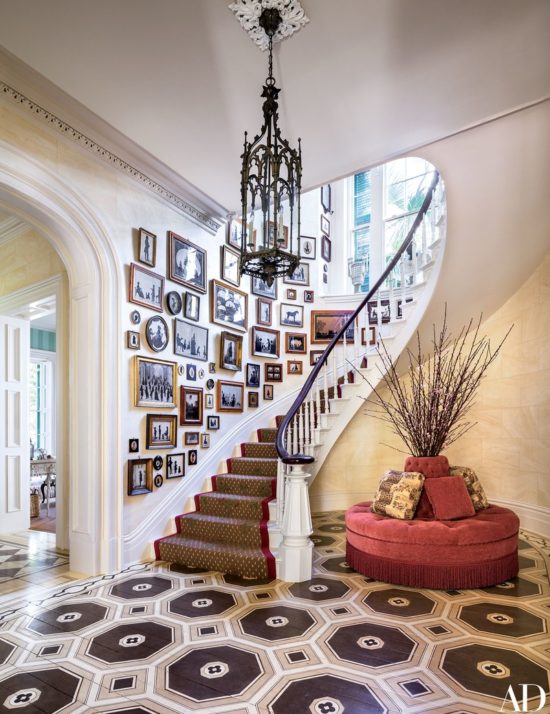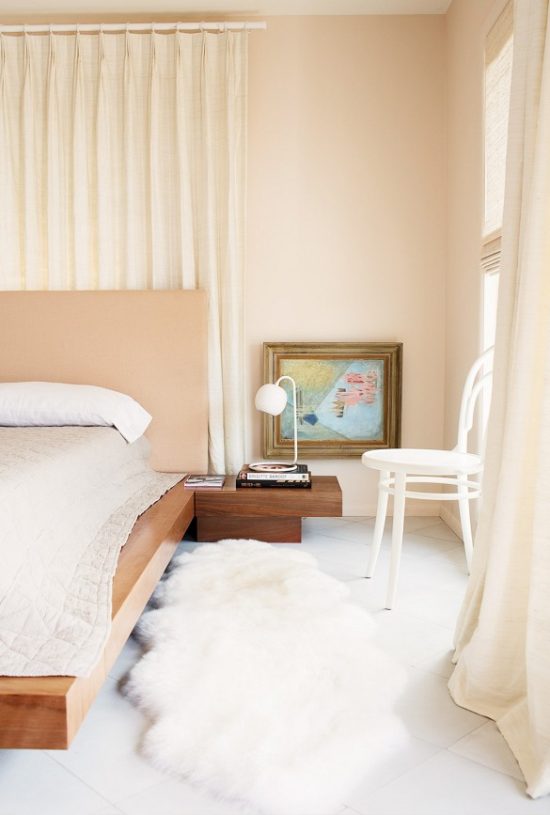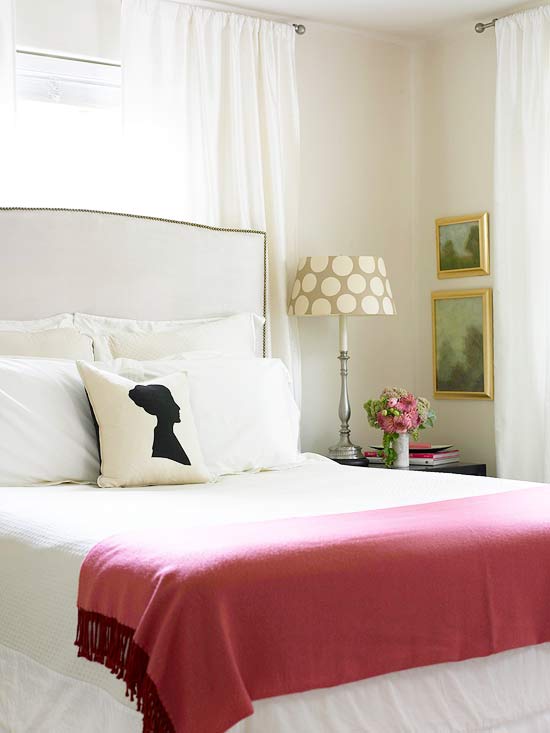I received an email suggesting a repost of The Art of the Hang: Instructions for Hanging Art may prove beneficial to new readers and decoristas taking spring updating to heart and wall alike.
In the spirit of seasonal updating, this new, improved and updated version is primed and ready to show and tell you Places In The Home instructions for hanging art.
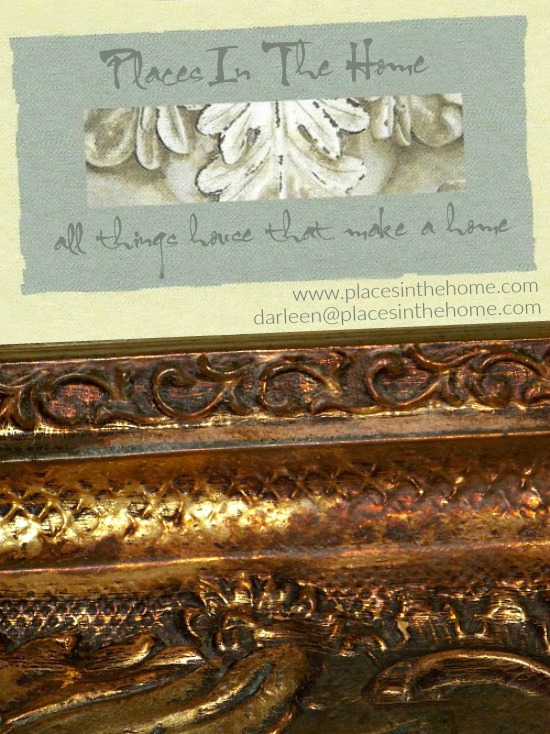
It’s funny how movie titles stick in the impressionable side of my brain, becoming an exercise in conversion to interior design and decorating application.
Let me demonstrate for you how it’s done.

Hang ‘Em High is a 1968 western starring Clint Eastwood.
It is not the standard instructions for hanging art and decorative accents.
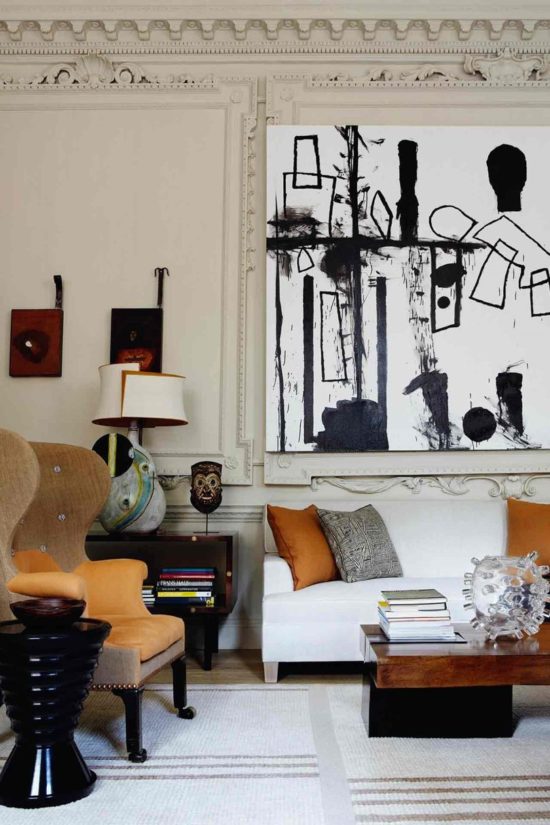
In many cases and in many spaces, exceptions must be made to the general rule of design and decorating.
“Learn the rules like a pro, so you can break them like an artist.”
― Pablo Picasso
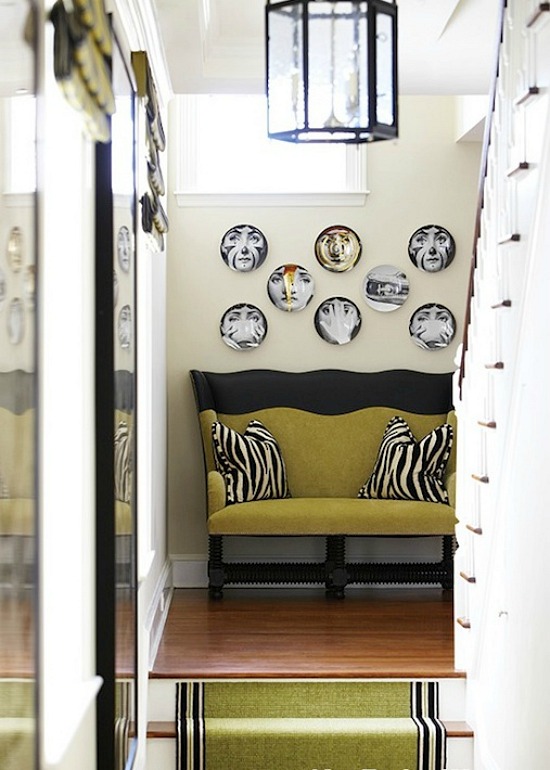
Balance, scale and proportion partnered with room size, ceiling height, and intention of dramatic effect become the relevant factors to consider when assessing placement of artwork.
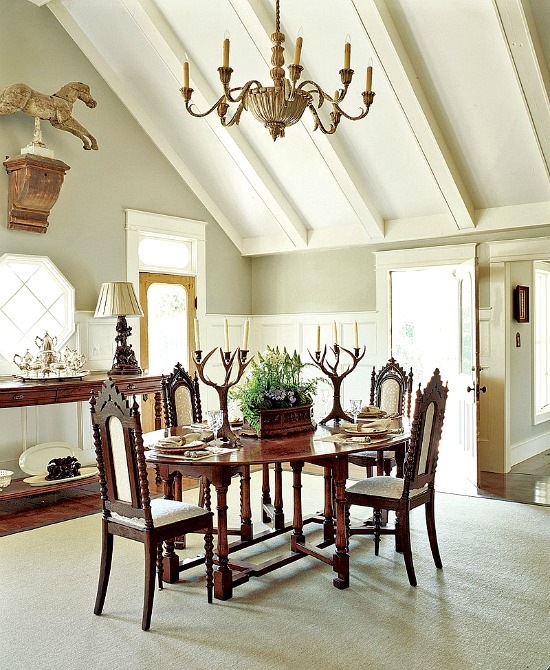
Traditional Home
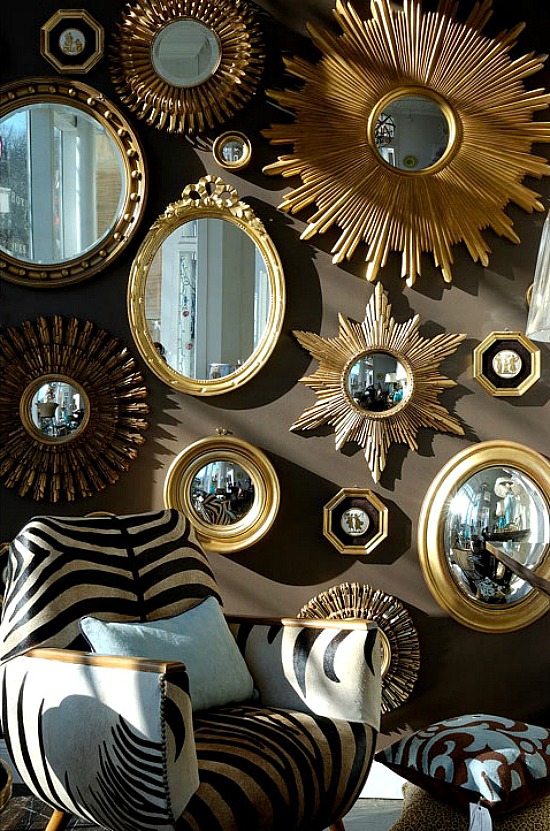
Traditional Home
Over my career as interior decorator, house to home flipper/stager, and antiques shopkeeper, I have hung my fair share of framed artwork, decorative antique plates, pediments, mirrors, ironwork, and sconces.
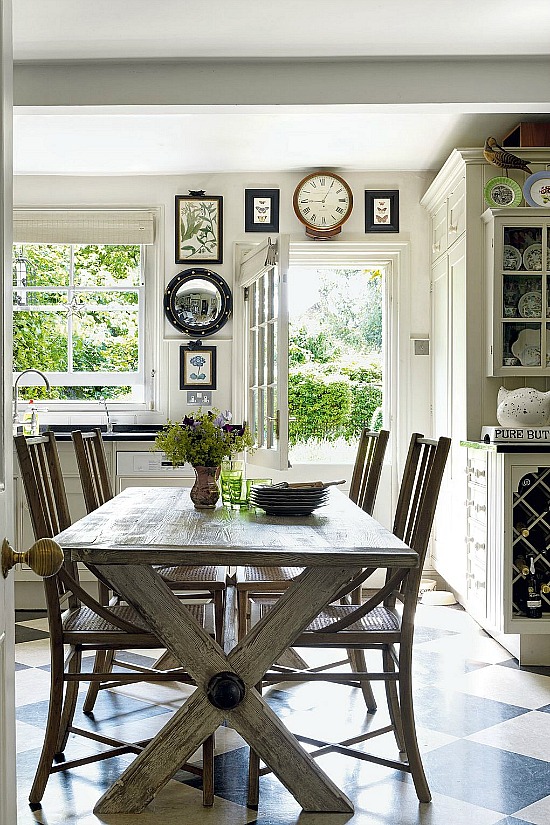
Some high, some higher and some at the highest point on a wall.
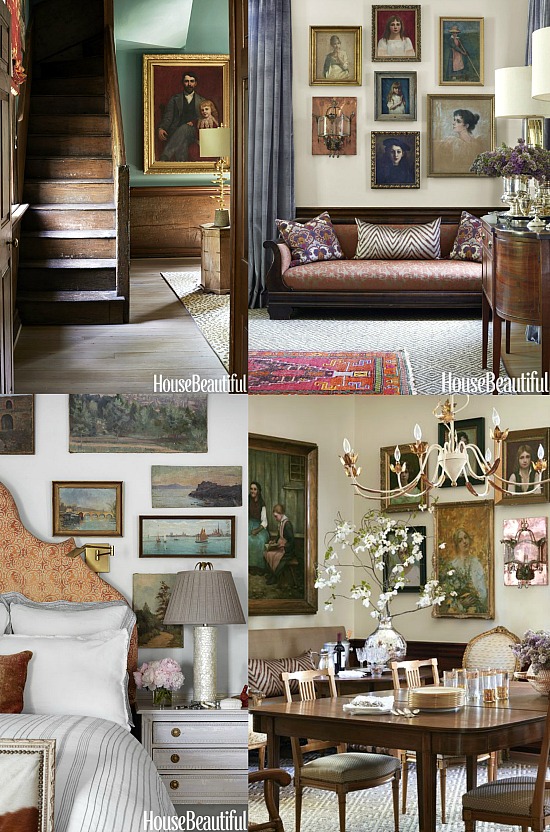
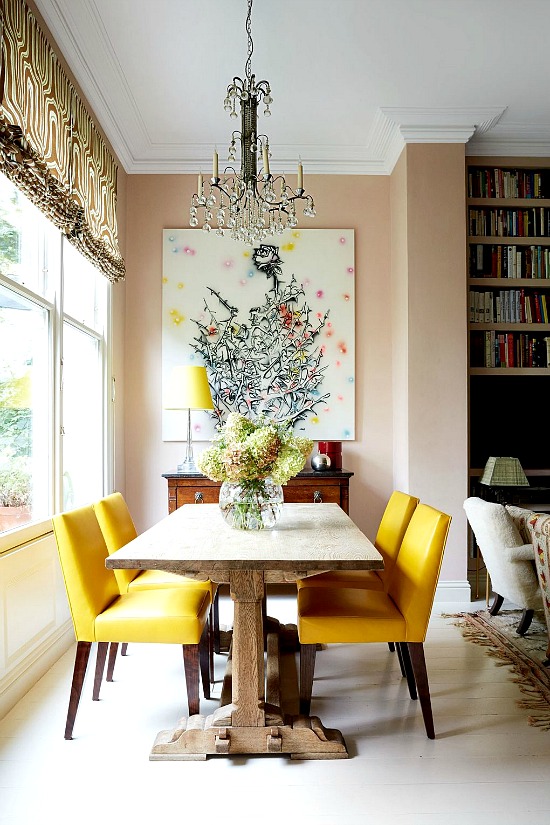
Interior designer Rita Konig’s West London Flat
Not all spaces, walls, decorating styles, tastes, and intended results are created equal.
Thank goodness!
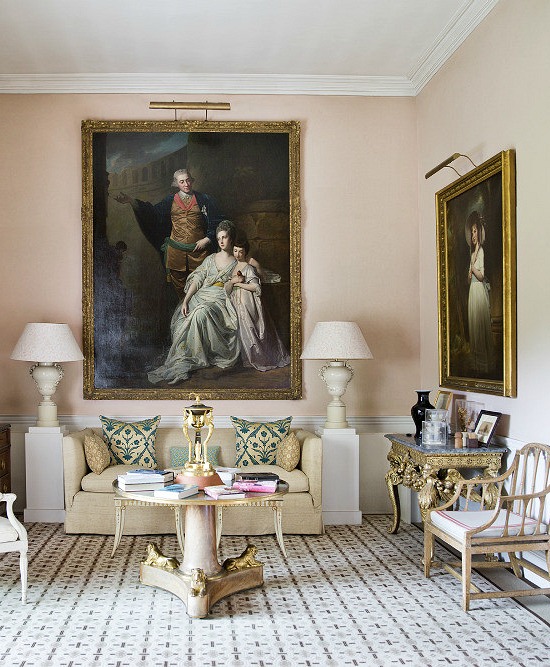
How boring it would be to exist in a cookie-cutter world of design and decorating.
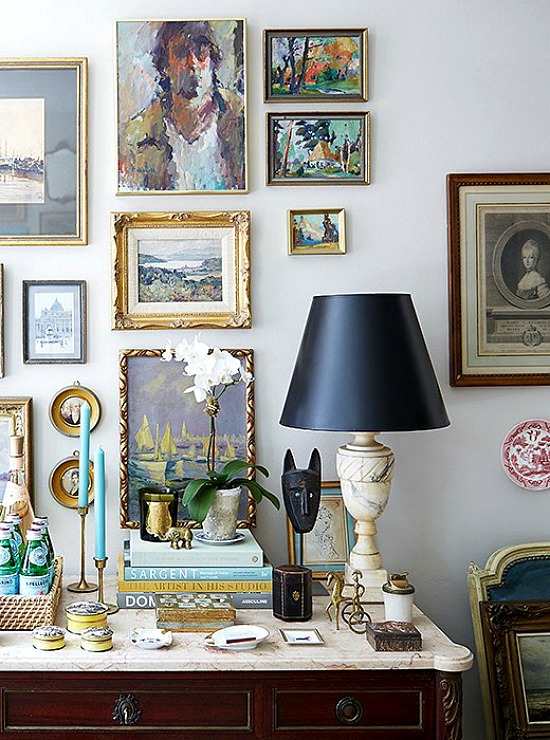
Decorating Ideas ~ Trend Spotted: Marble Now
Many homes ago we were blessed or cursed depending on how you look at it with sixteen foot ceilings.
The traditional rule of picture hanging did not apply in this case, and decorative interpretation as well as adjustment blurred all standard lines and rules of placement.
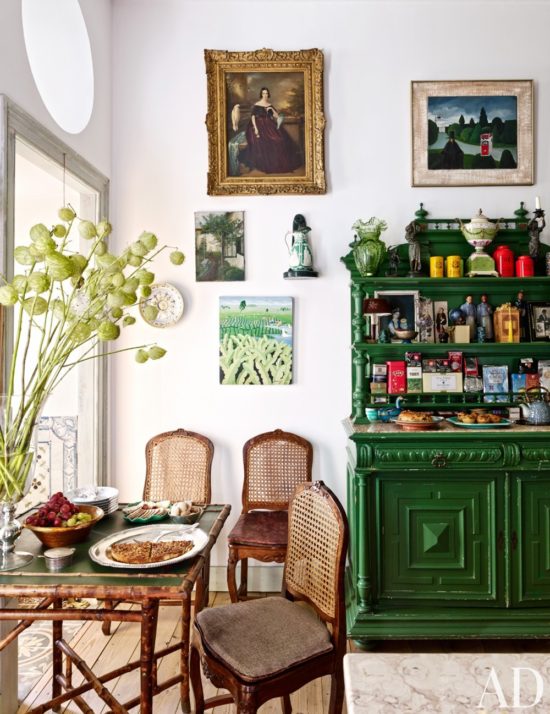
I’ve come to believe the concept of the gallery wall was born out of tall ceilings and the decorative pursuit to avoid a void of space.
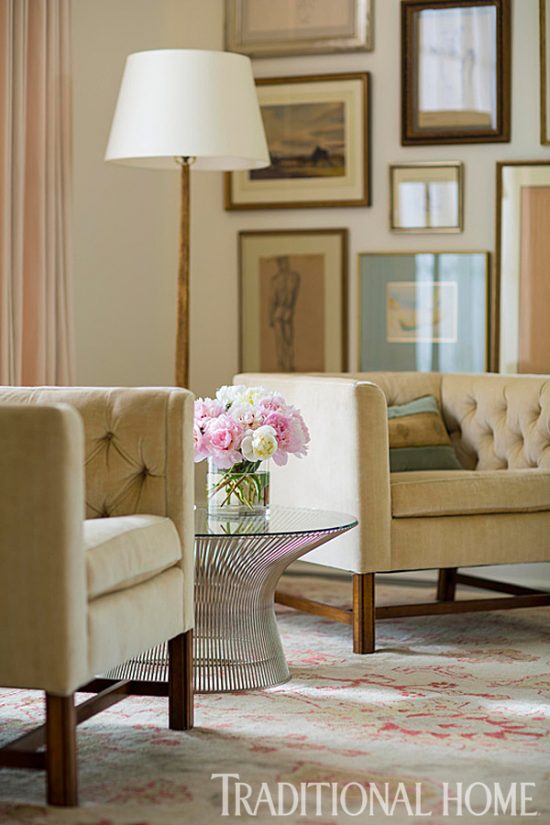 Traditional Home
Traditional Home
Hanging the artwork and decorative accouterments at eye level didn’t flow and would have been visually boring.
Not all eye levels are created equal.
The exception to the traditional rule applies here.

Back in the late Seventies, my parents attended a starving artist sale.
A buying spree of landscape, floral and architecture paintings ensued.
With hammer and picture hanging kit in hand, no formal instructions for hanging art to guide, and two sets of eyes fixed for eyeballing measurements and placement, the marathon art hanging session commenced.
Aren’t you going to use a measuring tape?
Don’t need it.
Let me at least get you the yard stick.
No, we’ve got this.
Is it level?
Good enough.
I was fourteen at the time and even I knew this wasn’t the way to go.
 Dave the Builder is a MacGyver in the name of all things house that make a home.
Dave the Builder is a MacGyver in the name of all things house that make a home.
In his apprenticeship years he mastered the skill of hanging pictures, mirrors, artwork, etc. in both a visually pleasing and design appropriate manner.
He brings his mathematical, architectural experience, and building talents to the table, and I bring a discerning eye and keen supervisory skills.
I’m good like that.
From years of hanging art in our homes, homes of clients, and at Hopefully Classic, we have mastered the art of the hang by following the instructions for hanging art.
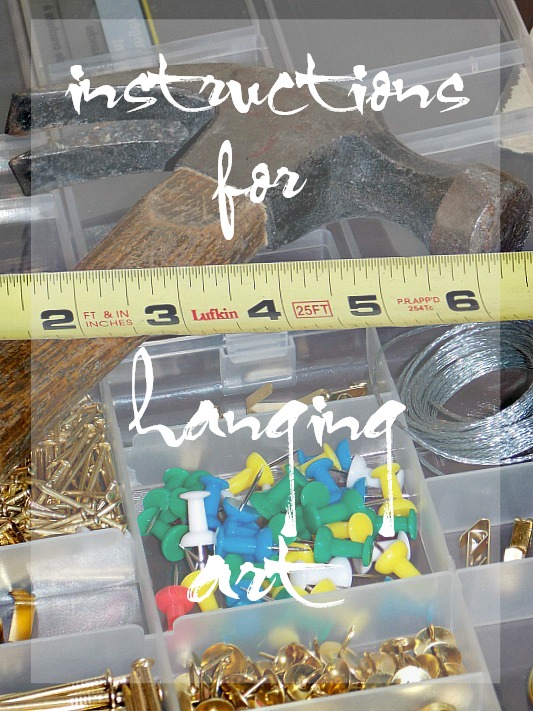
Eye level varies from person to person, height to height.
If it doesn’t look right to you, raise or lower the artwork to accommodate.
After deciding the desired height to hang the picture, measure from the ceiling the distance to one hanger on one side of the picture.
Next, measure from the ceiling to the other side hanger to assure a level picture hanging.
If the frame has only one center hanger, measure the back of the picture from the center of the bottom of the frame to the center of the top of the frame.
Divide this number in half.
That is your center line.
Mark spot(s) on the wall with a pencil.
Pull the picture wire tightly upward as if hanging on the hook.
Measure the distance from the center line to the top point of the wire.
Add this distance to the eye level line measurement ( your pencil mark or marks on the wall).
This is where you put the picture hook.
Two hooks placed 2 inches apart seems to work best for smaller pieces.
If the piece is larger, it is better to use two hooks spaced 8 inches from each side.
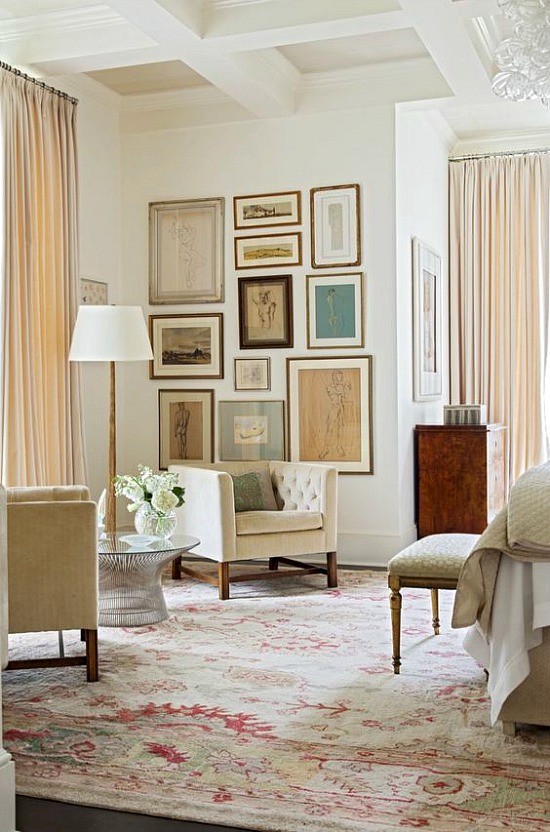
Interior design and decorating is a process.
Placing furniture and deciding on what will be the focal point of the room begins the process.
With decisions reached and furniture placed, I step back and view the walls as the canvas of the room.
It might be that one stellar piece of artwork or favorite painting sufficiently carries the room.
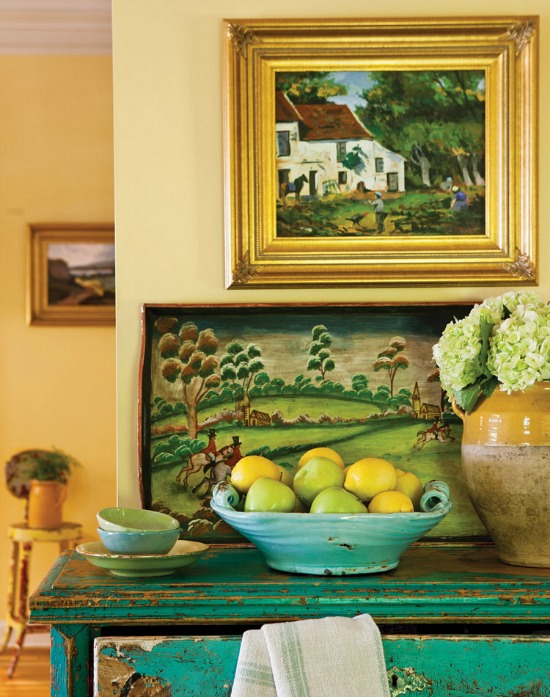
Gallery groupings of different sizes and subjects work to capture the wow effect, deviate from the expected, and create what I call a decorating oxymoron- the off balance balance.
When arranging a grouping of artwork and before hanging, I like to layout the pieces on the floor in front of the wall they will be hung on.
This allows you to get a visual read on the balance and proportion of the layout, and to fine-tune the arrangement.
It also helps to eliminate or at least cut down on putting holes in the wall.
Trick of the Trade Tip:
Plain white toothpaste is as a great alternative to caulk. Squeeze the toothpaste into the hole and wipe off the excess.
Use a spirit or laser level to ensure artwork is level.
No level, no problem.
I find the best measure is ultimately trusting your eye.
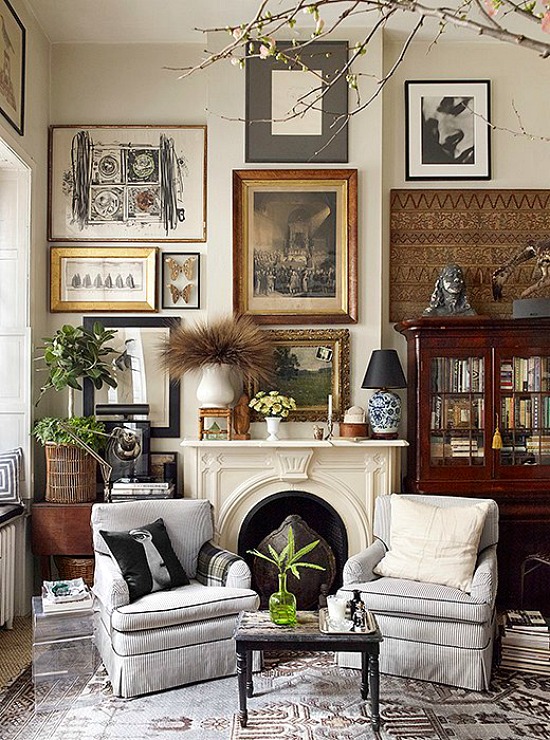
One Kings Lane ~ Photo by Ellen McDermott
Hanging artwork above a fireplace mantel offers the opportunity to layer artwork pieces.
When hanging artwork over a fireplace, aim to leave as little space as possible between the bottom of the art piece and the mantle unless another item will be placed under artwork or decorative accessory.
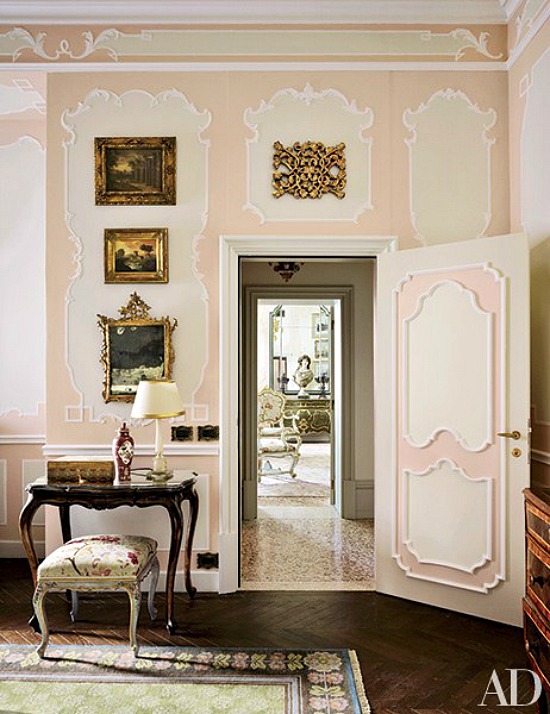
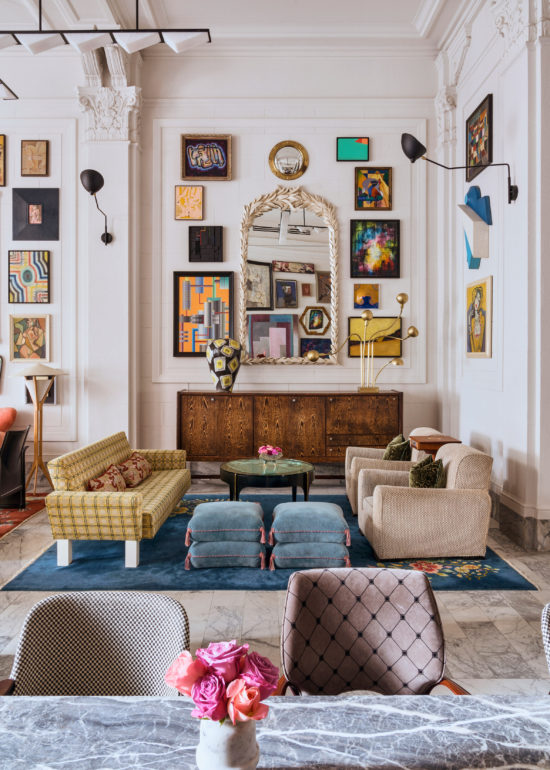
San Francisco Proper ~ Designer Kelly Wearstler
Hanging artwork and decorative pieces within the panel area of a wall frame molding design element adds dimension to the space.
Entertain and embrace a different-out of the ordinary-unexpected way of decorating.
This is rule number one to consider in the art of creating a visual focal point.
The lower the placement the better in most cases.
The frame should give the illusion it is connected to the piece it is hanging above.
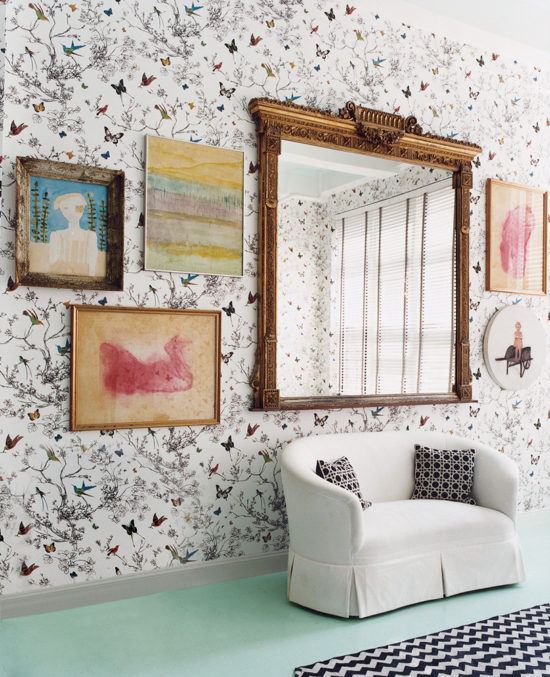
Domino
Hanging artwork 6 to 8 inches above furniture supports sufficient headroom allowance.
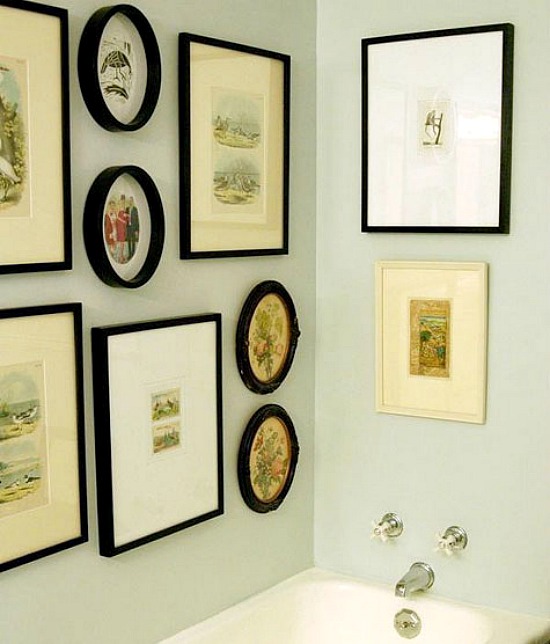
Apartment Therapy
Consider hanging a grouping in a bedroom lower than standing eye level.
The result can surprisingly produce the focal point of the space.
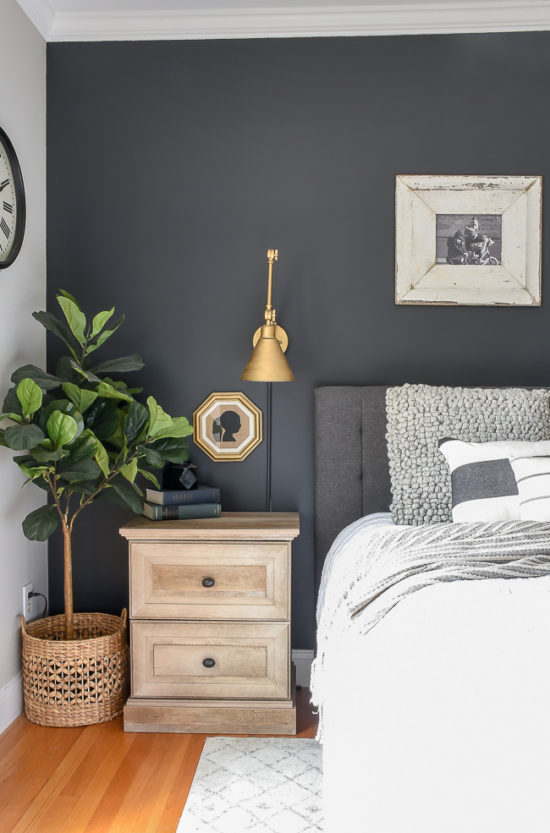
The art to hanging artwork, framed treasures, mirrors, architectural pieces and the like is in the scale, placement and arrangement that best suits the space and optimally showcases your personal style.


